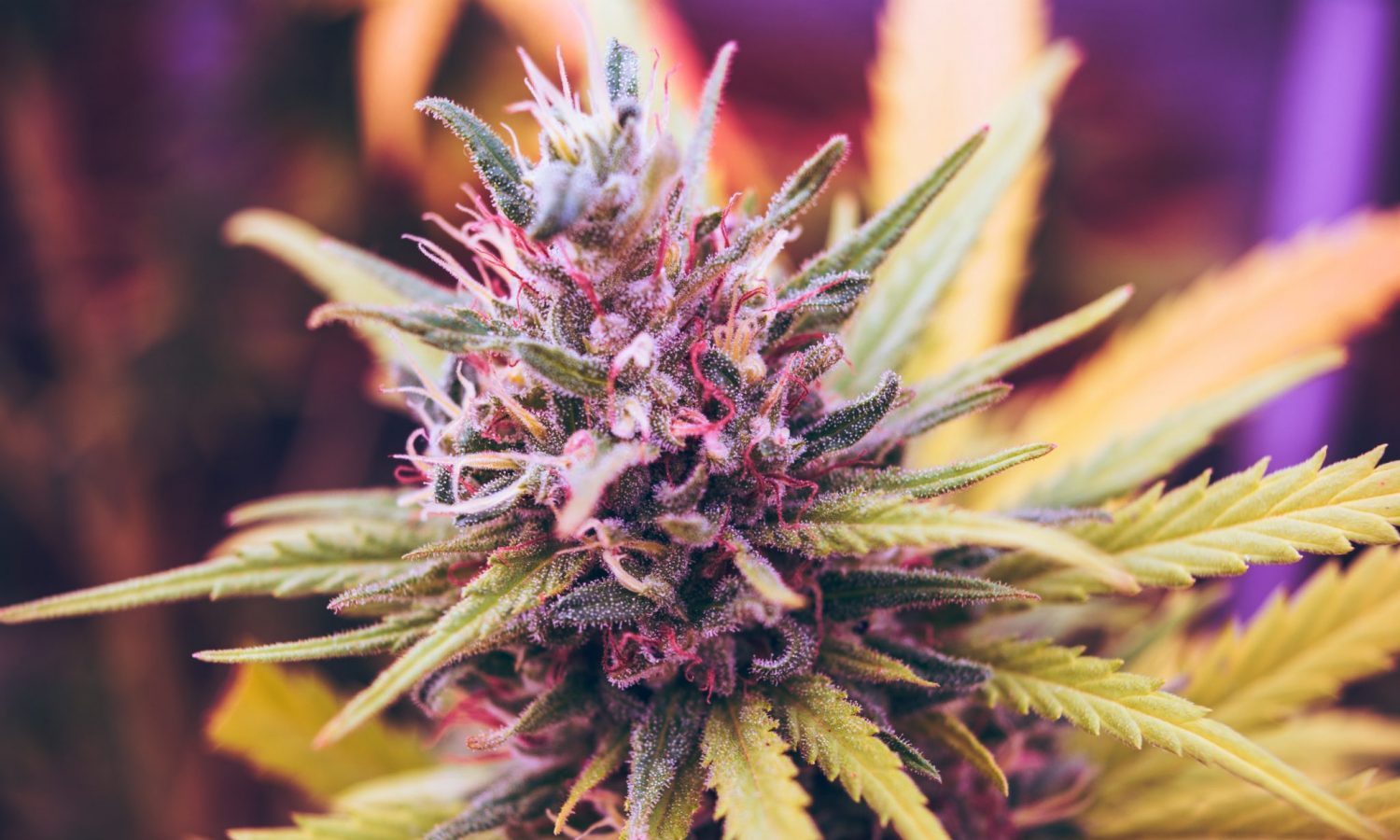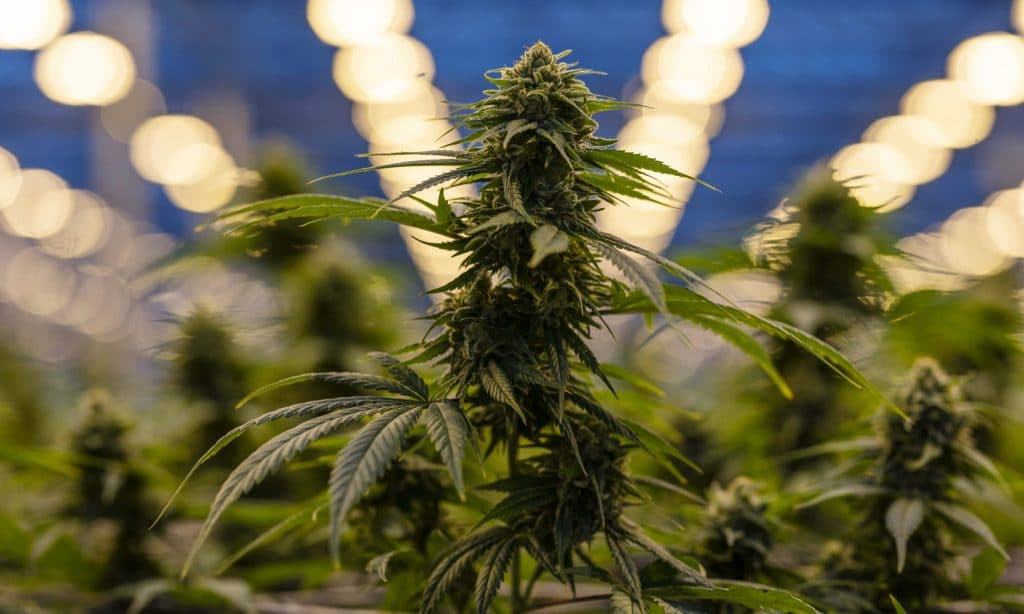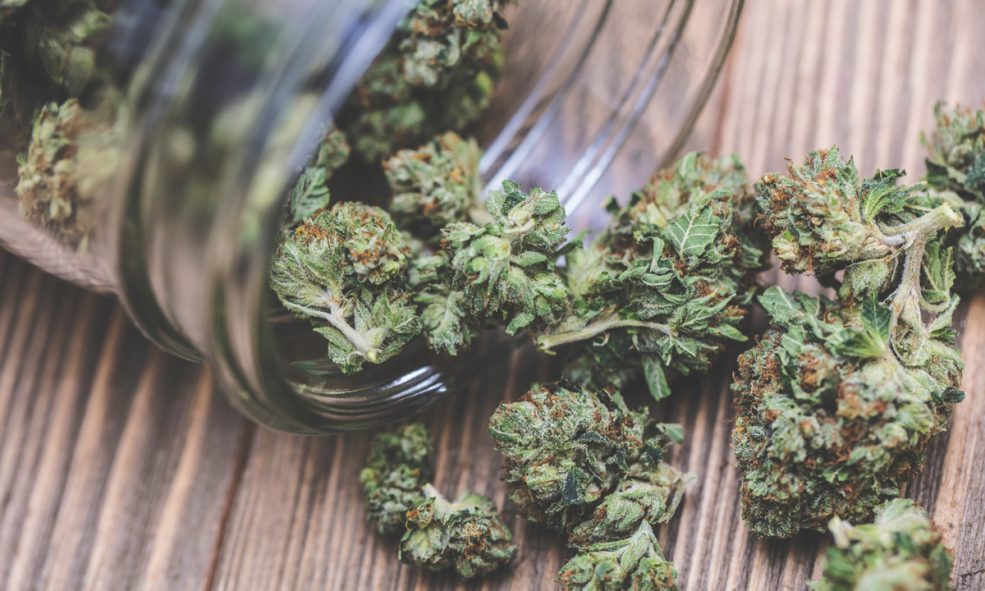
Cannabis Anatomy 101: What Are Cannabis Chalices?
How well do you know your cannabis? I mean most people know the basics of what gets you high, but it gets a bit hazy from there.
Most people know what pistils are, they know what trichomes are, but what are calyxes?
In this article, we’re going to take a closer look at the chalice to expand our knowledge of the cannabis plant and to help us better understand what we smoke. Additionally, this will be a very informative article for cannabis growers.
Photo by Esteban Lopez via Unsplash
The lean cannabis goblets!
The calyx is the first part of a flowering bud. It consists of a small collection of leaves that twist near the flower stem. These are made up of sepals, which are miniature leaves that protect the flower at its base.
The calyx can be seen as the center of the flower and binds everything together. It provides the structure for the plants’ reproductive organs.
Now that we know this, we can begin to understand the importance of calyxes in the cannabis plant. But did you know that these bags of goodness tend to have the highest ration of cannabinoids? Now you do.
Why is the chalice so important?
As mentioned earlier, the calyx is the center of the flower, which means that this is where all the buds originate. If you look at a cola, it comes from the goblet itself.
Inside the calyx you will find many things like “stamps” and “trichomes”. The density of the stamp is highest within the calyx! This is also where the resin glands are located, in which the sweet THC is cooked.
RELATED: The Easy Way to Cultivate Your Own Medicinal Cannabis Seeds
It is very easy to spot a calyx shape when the plant starts to flower. The tiny flower begins to produce pistils (or the long white hairs) if it is a female. If, on the other hand, it is a male, the calyxes produce pollen sacs.
If you’re not breeding for seeds, murder the male and put him in a blender for juicing.

Choose good genetics for more goblets
Now that we’ve fully understood the goblets, let’s take a look at genetics. Some plants have a higher density of calyxes in the leaf. Knowing which strains will produce more calyxes can increase your yield significantly.
Strains like True OG, Northern Lights, Lemon Skunk, and Master Kush all have amazing calyx to leaf ratios.
How do you find the chalices in a cannabis plant?
When you have an abundance of sugar leaves, the main chances are that you can find a goblet. This is because the calyx is the center of resin production and as it is produced it pushes outward and covers the surrounding leaf.
In the vast majority of cases – especially if you are shopping at a pharmacy – most of the sheet has been cut off. This is because, while the leaf has some trichomes in it, it is not the smoking agent we want.
RELATED: What Is Sinsemilla, and What Does It Mean in the Cannabis Industry?
Rather, we want the flower – that is, we want the chalices. Consumers are conditioned to want only “top notch buds” so it is very unlikely that you will get buds that are no longer trimmed these days.
For the home grower, however, you have options.

For example, you could cut the sugar leaf on a screen and collect the kief to press into hash. Or you can leave part of the sugar leaf on the bud during the drying phase so that the leaf bends back into itself and scatters more THC onto the bud.
This really depends on personal preference. In my case, I prefer to do a very loose wet cut so that the sheet curls up in itself. Then before I jar I cut it again to make sure that most of the non-resin leaves are removed.
Why is it important to learn more about the cannabis plant?
While you may now have just one technical term for what a “bud” is made of, understanding the anatomy of a cannabis plant is important – especially when growing weeds.
For example, if you are considering making your own seeds – as I have already written – you should collect the pollen from a male plant and sprinkle it on the calyxes of the female plant, since this is where the sex organs are located.
RELATED: Here’s Why Cannabis Terpenes Are So Very Important
In addition, a deeper understanding of the plant increases the perceived pleasure of growing the plant. Cultivating cannabis with a basic understanding of plant anatomy is a very different process than actually understanding the processes involved.
Would you like to learn more?
I am considering digging into the anatomy of the cannabis plant. You know, really get into genetics, do seeds, clones, etc – that’s natural if there’s some interest.
I am about to start an online cultivation group for people in Mexico teaching people how to grow from seed to smoke as it will soon be a constitutional right for Mexicans to practice cultivation. Yes, I speak spanish too. Not as good as I’d like, but you enough to teach people the pros and cons of growing cannabis.
At some point I will also start an English group, but at the moment I only serve the Spanish market, especially in Mexico, but anyone who speaks Spanish can join.

As for my writings here on Cannabis.net, I’d like to give my fellow farmers out there a little more scientific knowledge about growing it. I believe if enough people can get together and start growing their own medicine or recreational smoke, we will make a big shift back to self-sufficiency.
The cannabis plant is an amazing plant – almost alien compared to other plants on earth. Humans have a genetic link to this wonderful plant because of our compatibility with the endocannabinoid system.
I think it requires deeper understanding and I think it can only enrich the experience of growing and consuming cannabis.
This article originally appeared on Cannabis.net and was republished with permission.

Post a comment: